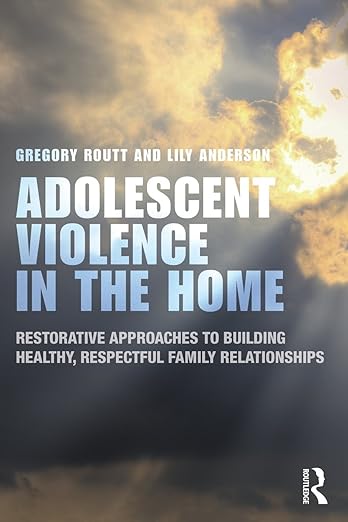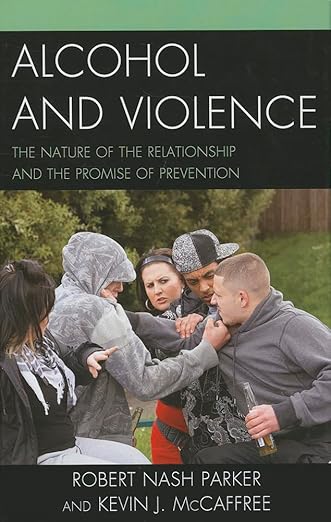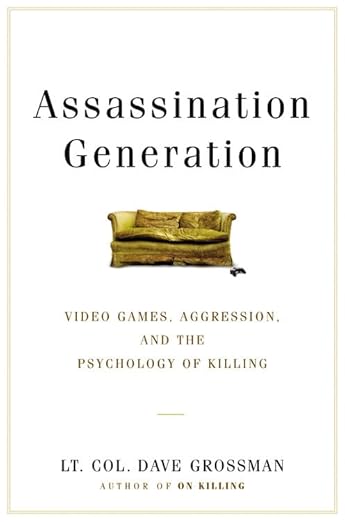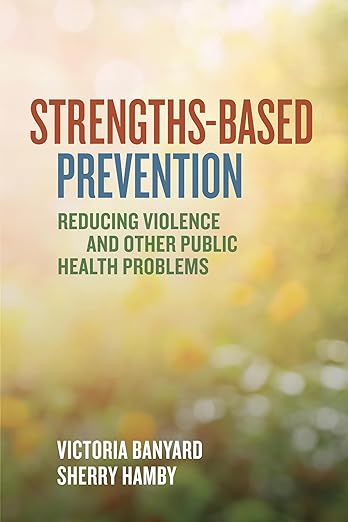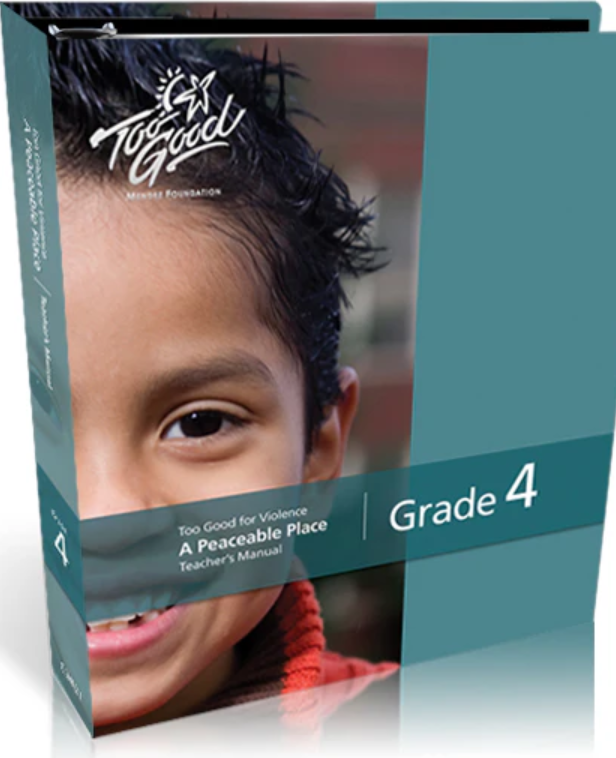Violence Prevention
The World Health Organization defines violence as: “the intentional use of physical force or power, threatened or actual, against oneself, another person or against a group or community, that either results in or has a high likelihood of resulting in injury, death, psychological harm, maldevelopment or deprivation.”
From Our Collection
Violence encompasses child and partner abuse, street and gang crimes, physical and emotional maltreatment of the elderly, workplace violence, sexual assault, murder and robbery. Individuals, families and communities, who are victims of and witnesses to violence, can be affected physically, socially and psychologically.
Source: World Health Organization
Fact Sheets
Research & Data
- Connecticut Uniform Crime Reports
Users can select a statewide summary of crime statistics or view reports by county, town, university, and other options. Reports detail type of crimes committed, weapons used, victim-offender relationship, and include arrest statistics. All reports are in pdf format.
- Crime and Safety Surveys
Currently, two surveys are being conducted on a regular basis by the National Center for Education Statistics: the School Survey on Crime and Safety (SSOCS), a survey of public schools/principals, and the School Crime Supplement (SCS) to the National Crime Victimization Survey (NCVS), a survey of students ages 12 through 18.
- Justice Research and Statistics Association (JRSA)
The JRSA conducts and publishes policy-relevant research on justice issues, provides training and technical assistance, and maintains a clearinghouse of state criminal justice activities. JRSA is a national nonprofit organization of state Statistical Analysis Center (SAC) directors and other researchers.
- National Archive of Criminal Justice Data (NACJD)
The National Archive of Criminal Justice Data preserves and distributes computerized crime and justice data from Federal agencies, state agencies, and investigator initiated research projects to users for secondary statistical analysis.
- Office for Victims of Crime - Library & Media
The site includes links to sources of data on crime and victims, homicide, violence against women, and missing and exploited children. Data are provided by several agencies within the Office of Justice Programs.
- Statistical Briefing Book
The Office on Juvenile Justice and Delinquency Prevention (OJJDP) includes an online Statistical Briefing Book, which provides access to statistical information on juvenile offenders, victimization of juveniles, and involvement of youth in the juvenile system.
- The Bureau of Justice Statistics
The Bureau of Justice Statistics collects, analyzes, publishes and disseminates information on crime, criminal offenders, victims of crime, and the operation of justice systems at all levels of government.
- The Connecticut School Health Survey
- Vera Institute of Justice
A nonprofit based in New York City, the Vera Institute of Justice works closely with leaders in government and civil society to improve the services people rely on for safety and justice.

